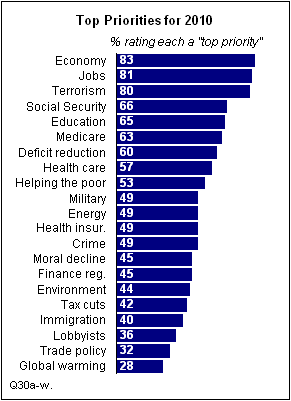ScienceRocks
Democrat all the way!
- Banned
- #1
Why Reanalysis Data Isn’t …
Posted on May 10, 2013 by Willis Eschenbach
Why Reanalysis Data Isn?t ? | Watts Up With That?
Guest Post by Willis Eschenbach
The skeptic thinking of reanalysis. So 1# Are these fools saying that E-3 and 4 volcano's don't cause a global cooling from aerosols? LOL. 2# That's perfectly lined up with the volcano's....So what the fuck are they saying? Each one of those events show a drop within the shaded area right after they occurred. So the effects happen fast...Well, what a shock!
I wouldn't take much from this place seriously...So Yellowstone super volcano wouldn't cool our planet within their mind? More loll's!!!!
3# You wouldn't expect a enso event to add or take away from the oceans. LOL. HAHA!!!! Maybe transfer some of the energy between levels, certainly!
Posted on May 10, 2013 by Willis Eschenbach
Why Reanalysis Data Isn?t ? | Watts Up With That?
Guest Post by Willis Eschenbach
I was reading through the recent Trenberth paper on ocean heat content that’s been discussed at various locations around the web. It’s called “Distinctive climate signals in reanalysis of global ocean heat content”, paywalled, of course. [UPDATE: my thanks to Nick Stokes for locating the paper here.] Among the “distinctive climate signals” that they claim to find are signals from the massive eruptions of Mt. Pinatubo in mid-1991 and El Chichon in mid-1982. They show these claimed signals in my Figure 1 below, which is also Figure 1 in their paper.

ORAS4 OHC joulesORIGINAL CAPTION: Figure 1. OHC integrated from 0 to 300 m (grey), 700 m (blue), and total depth (violet) from ORAS4, as represented by its 5 ensemble members. The time series show monthly anomalies smoothed with a 12 month running mean, with respect to the 1958–1965 base period. Hatching extends over the range of the ensemble members and hence the spread gives a measure of the uncertainty as represented by ORAS4 (which does not cover all sources of uncertainty). The vertical colored bars indicate a two year interval following the volcanic eruptions with a 6 month lead (owing to the 12 month running mean), and the 1997–98 El Niño event again with 6 months on either side. On lower right, the linear slope for a set of global heating rates (W m-2) is given.
I looked at that and I said “Whaaa???”. I’d never seen any volcanic signals like that in the ocean heat content data. What was I missing?
Well, what I was missing is that Trenberth et al. are using what is laughably called “reanalysis data”. But as the title says, reanalysis “data” isn’t data in any sense of the word. It is the output of a computer climate model masquerading as data.
Now, the basic idea of a “reanalysis” is not a bad one. If you have data with “holes” in it, if you are missing information about certain times and/or places, you can use some kind of “best guess” algorithm to fill in the holes. In mining, this procedure is quite common. You have spotty data about what is happening underground. So you use a kriging procedure employing all the available information, and it gives you the best guess about what is happening in the “holes” where you have no data. (Please note, however, that if you claim the results of your kriging model are real observations, if you say that the outputs of the kriging process are “data”, you can be thrown in jail for misrepresentation … but I digress, that’s the real world and this is climate “science” at its finest.)
The problems arise as you start to use more and more complex procedures to fill in the holes in the data. Kriging is straight math, and it gives you error bars on the estimates. But a global climate model is a horrendously complex creature, and gives no estimate of error of any kind.
Now, as Steven Mosher is fond of pointing out, it’s all models. Even something as simple as
Force = Mass times Acceleration
is a model. So in that regard, Steven is right.
The skeptic thinking of reanalysis. So 1# Are these fools saying that E-3 and 4 volcano's don't cause a global cooling from aerosols? LOL. 2# That's perfectly lined up with the volcano's....So what the fuck are they saying? Each one of those events show a drop within the shaded area right after they occurred. So the effects happen fast...Well, what a shock!
I wouldn't take much from this place seriously...So Yellowstone super volcano wouldn't cool our planet within their mind? More loll's!!!!
3# You wouldn't expect a enso event to add or take away from the oceans. LOL. HAHA!!!! Maybe transfer some of the energy between levels, certainly!
Last edited:



